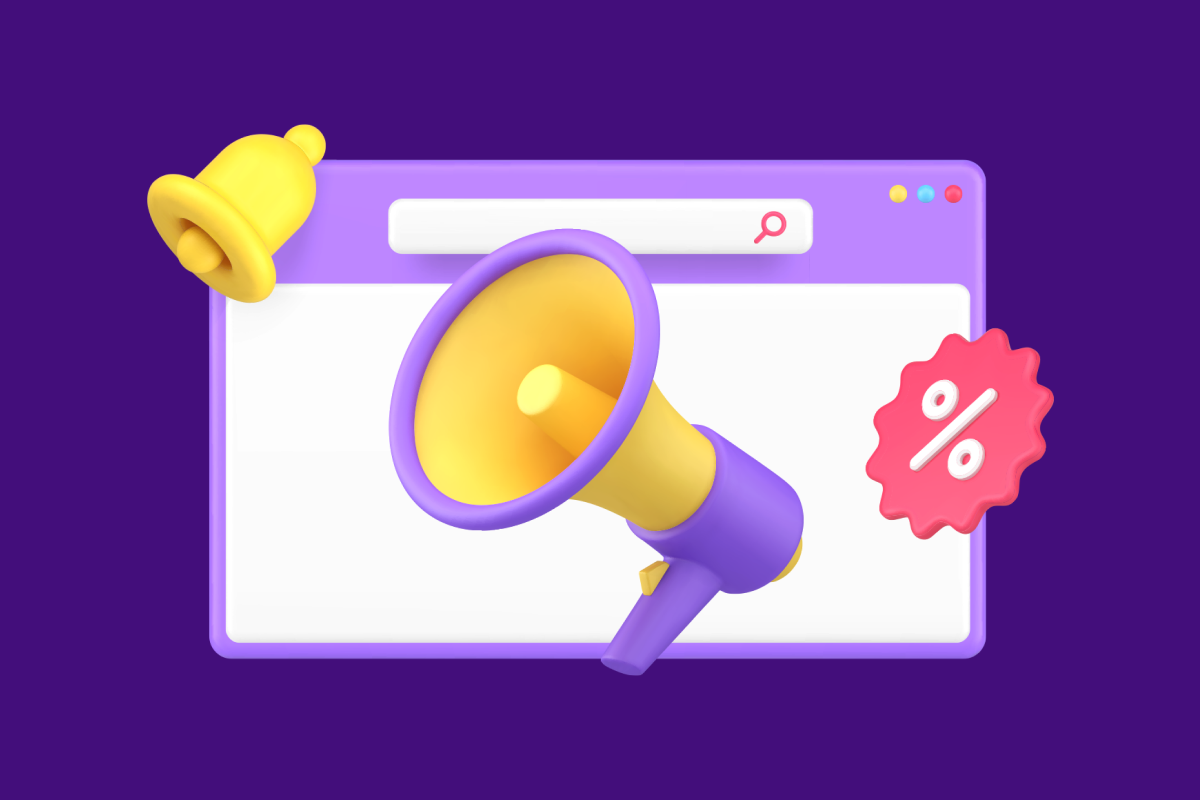To sell books online, you only need to take 8 steps. We provide a detailed description of each step in our article.
Despite the emergence of new sources of information, books have not lost their relevance. People continue to buy books in large volumes — for entertainment, education, gifts, etc. By combining book sales with modern technology, such as online commerce, you can generate good profits. In this article, we will explain how to create an online store for selling books online.
Stage 1 — Selection of Assortment
The book industry has one of the widest assortments compared to other categories of goods. A regular book store can have thousands or even tens of thousands of items in its product catalog. Comics can be sold alongside psychological and scientific-technical books. This approach allows you to cover the most diverse audience and gather them in your online store.
It is not necessary to create a store with a wide range of products from the very beginning. Firstly, it is costly, and secondly, it is difficult for a novice to cope with a large volume of goods. You can choose a narrower book niche and develop in it, gradually increasing the assortment as the online store grows. For example, start by selling children's literature. Later, add to the store educational books on child-rearing for parents. Then increase the assortment by adding books on psychology and relationships.
The advantage of gradually increasing your product range is that you won't have to invest a lot of money upfront in purchasing products. Your online store will develop steadily as your product range expands. Focusing on a specific niche will also help you find your target audience more quickly. It is difficult for a new seller to compete with large online stores that have already won customer loyalty and sell all types of books at once. However, if you focus on a specific niche, it will be easier for you to find buyers.
Stage 2 — Formation of a business model
Once you have determined which books you will sell, start developing a business model. You must decide in what format you will sell the books. Modern online stores sell two types of books — paper and electronic. The advantage of selling e-books is that they are a digital product, so you don't need a warehouse. Also, you don't need to organize book delivery — you save on order processing, packaging, etc. Depending on the genre, e-books can be very popular. For example, scientific literature is often read in electronic format, because the paper version is not always available. Many people buy e-books simply because they are cheaper than the paper version.
Paper books are more popular than their electronic counterparts. People enjoy the feeling of a book, and for them, reading a paper book serves as a kind of ritual. In addition, a paper book can be given as a gift or added to one's own library. Paper books can be roughly divided into several types:
-
new books that have recently been printed;
-
author's books that you have written yourself;
-
collectible editions that are difficult to find and have special value;
-
used books that remain in good condition and can be resold.
You can sell a certain format of books, such as used copies, or combine several formats in your online store. Often stores sell both paper and electronic books, offering customers an alternative.
Stage 3 — Finding a supplier
The search for a supplier depends on the chosen genre and book format. The exception may be the sale of your own author's books — then you will be the supplier yourself and you won't have to look for anyone. In all other cases, finding a supplier plays an important role in launching an online book store. The main supplier of books is publishers. By cooperating with publishers, you will receive books directly from the manufacturer. This gives several important advantages. For example, you can agree with the publisher on the right to exclusively sell a new book, which will automatically lead customers to you. You can also agree on cooperation under the dropshipping scheme. You will look for buyers and process orders, and the publisher will directly send the books to the buyer.
If you decide to sell collectible editions or used books, then the search for suppliers will be more difficult. You will have to look for non-obvious sources of goods, such as flea markets or online bulletin boards. There you will find unusual book specimens that are rarely found in ordinary bookstores. For example, an original edition of some book from the past century. This approach will take more time, and the range of the store will be unstable. But your online store will occupy its unique niche and win the loyalty of a certain category of customers.
Stage 4 — Renting a warehouse
To organize the work of a book online store, it is important to have a place to store the goods. We have already mentioned that a book store has a large assortment, so there may be a lot of goods. If you have free space in your home, it may be suitable for storing books. For convenience, you will need shelves on which you can arrange the books. However, if you don't have such a space, you will need to rent a warehouse. Any free space cannot be used as a warehouse because special conditions are needed to store books. Paper products can easily deteriorate if they are stored, for example, in a damp room. Choose a room based on the amount of goods you plan to sell. Remember that the assortment should not only be wide, but also deep. It means that the books should be represented not in one copy. So it is better for the warehouse to have extra space in case of expanding the assortment.
Stage 5 — Choosing a Sales Platform
You can use various places to sell books online. We have compiled a list of the best platforms for selling books.
-
Your own website. Your own website is suitable for selling books of any format and genre. With a website, you can sell products through various online marketing channels. This platform will allow you to scale your business and attract as many customers as possible.
-
Landing page. If you plan to sell your own authored books, a regular one-page website will suffice for these purposes. Of course, provided that you have only written a few books. When you have more books, a landing page will not be enough, and you will have to create a full-fledged website.
-
Marketplace. Novices often choose marketplaces as a starting platform for sales. You can sell new books on them, but these sales will not contribute to the development of your brand, as there is too much competition on the marketplace. Also, marketplaces have serious requirements for the quality of goods, so you will not be able to sell used books there, for example.
-
Social media. Launching a bookshop on social media is the least expensive option. Selling used books or collectible editions for connoisseurs is best suited for them. At the same time, promoting such a store is quite difficult, as social networks do not have the necessary features for online sales.
Stage 6 — filling and setting up the website
After choosing a platform for sales, you need to fill it with products. If we're talking about a website, your task is to create a logical and user-friendly product catalog. Books are divided into many sub-genres, and you need to make sure that customers can easily find the products they want. To do this, think through the site's structure and provide smart navigation. Connect integrations with online payment and delivery services — they will help customers easily place an order.
Make sure your site works correctly on mobile devices. Customers love ordering products from their smartphones, so it's important that the speed and convenience of the mobile version of the site are good. Check that all images on the site are displayed correctly. Book buyers like to look at covers, and quality photos are needed for this. It's especially important to add a book description to the product card, which will help the customer make a purchase decision. Often people don't know exactly which book they want to buy, so the store should help them with this.
Stage 7 — promoting an online store
Despite their popularity, books remain a rather specific product, so promoting them requires caution. Carefully select targeting for your advertising based on who can read the books you are advertising. Use tools such as Google Shopping to immediately offer to buy a book to those who are searching for it. Considering that not everyone is looking for a specific book, it is important to promote your site in search results. For example, to be found by the query «children's literature». This will bring significant benefits to your online store.
Stage 8 — customer service
Customer service is the most important part of running an online bookstore. Book buyers, more than anyone, need consultation from the seller. You should be knowledgeable about the books you sell and be ready to give advice to customers. Your story about the author or plot may interest the customer and become the main argument for the purchase. Add an online chat to your website for consultations so that customers can ask you questions. They will appreciate this service and become loyal to you.
Conclusion
You have gone through 8 stages and now know how to sell books online. We hope that our article was helpful to you and that soon you will open your own online store and achieve success.





